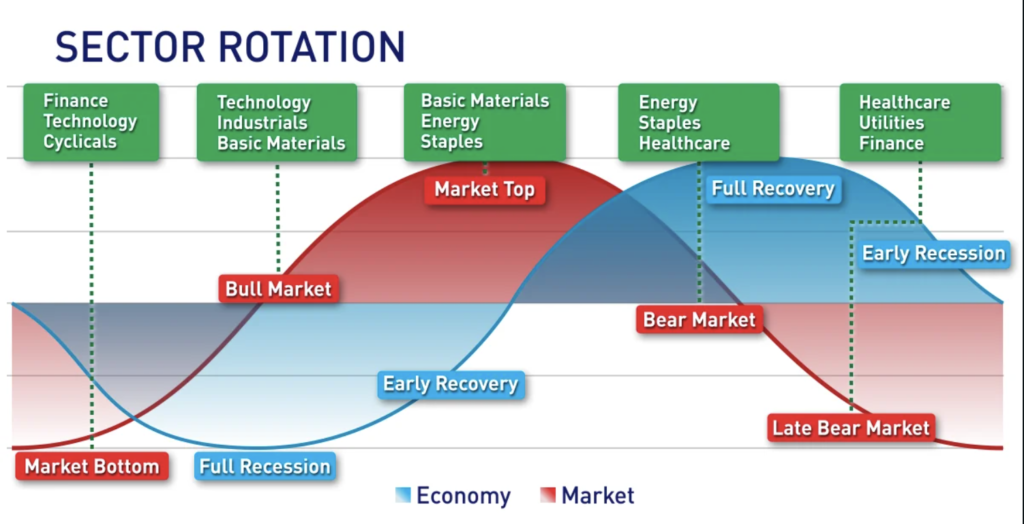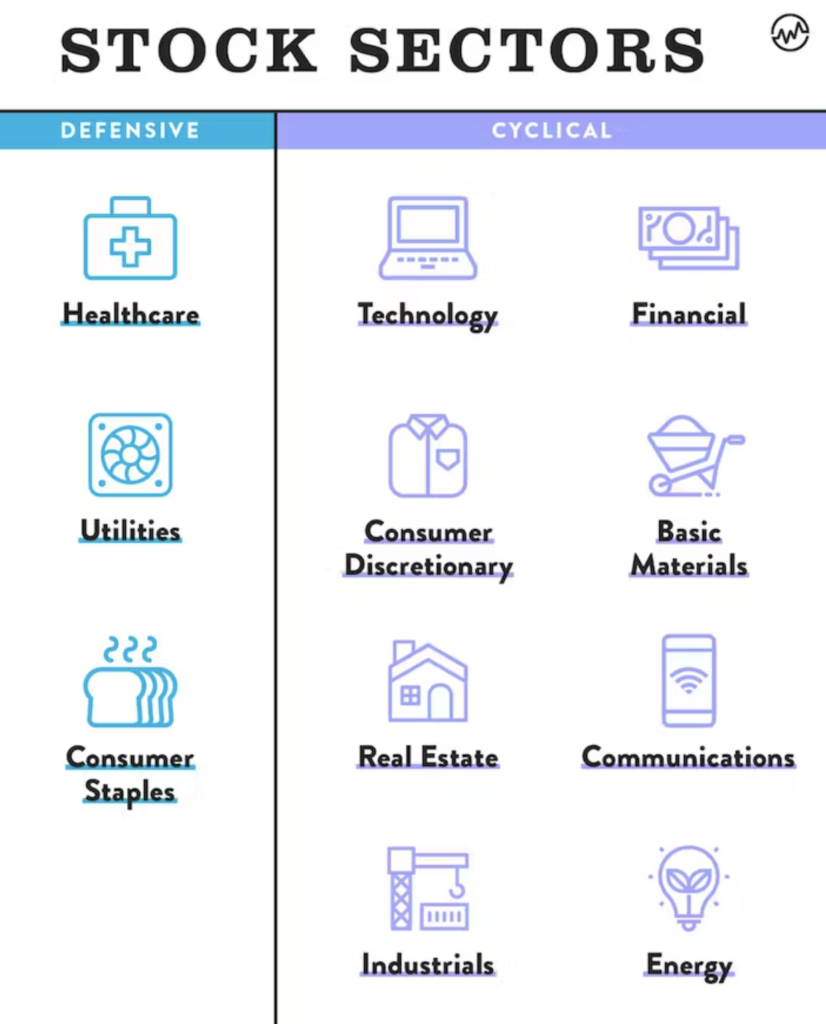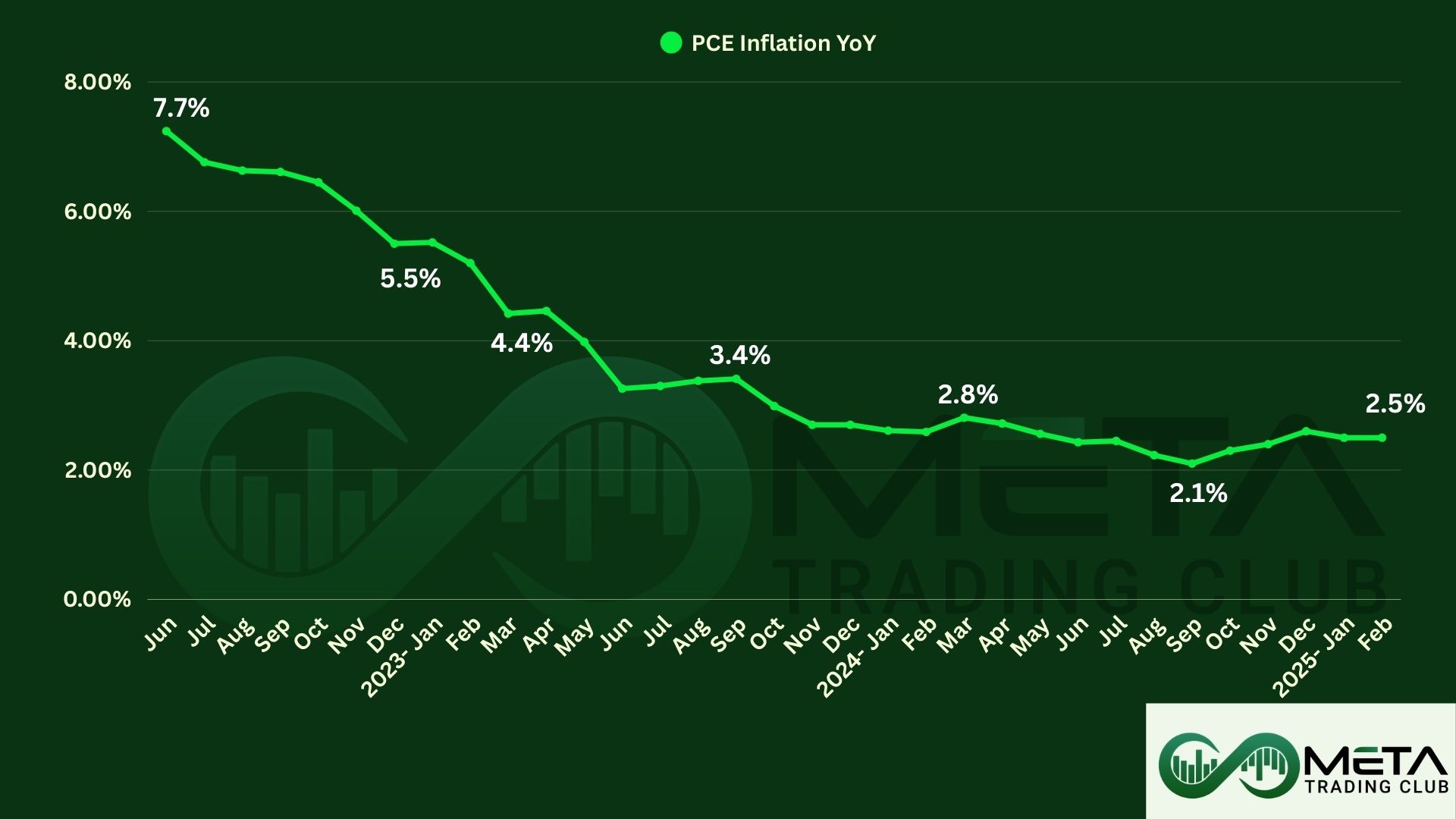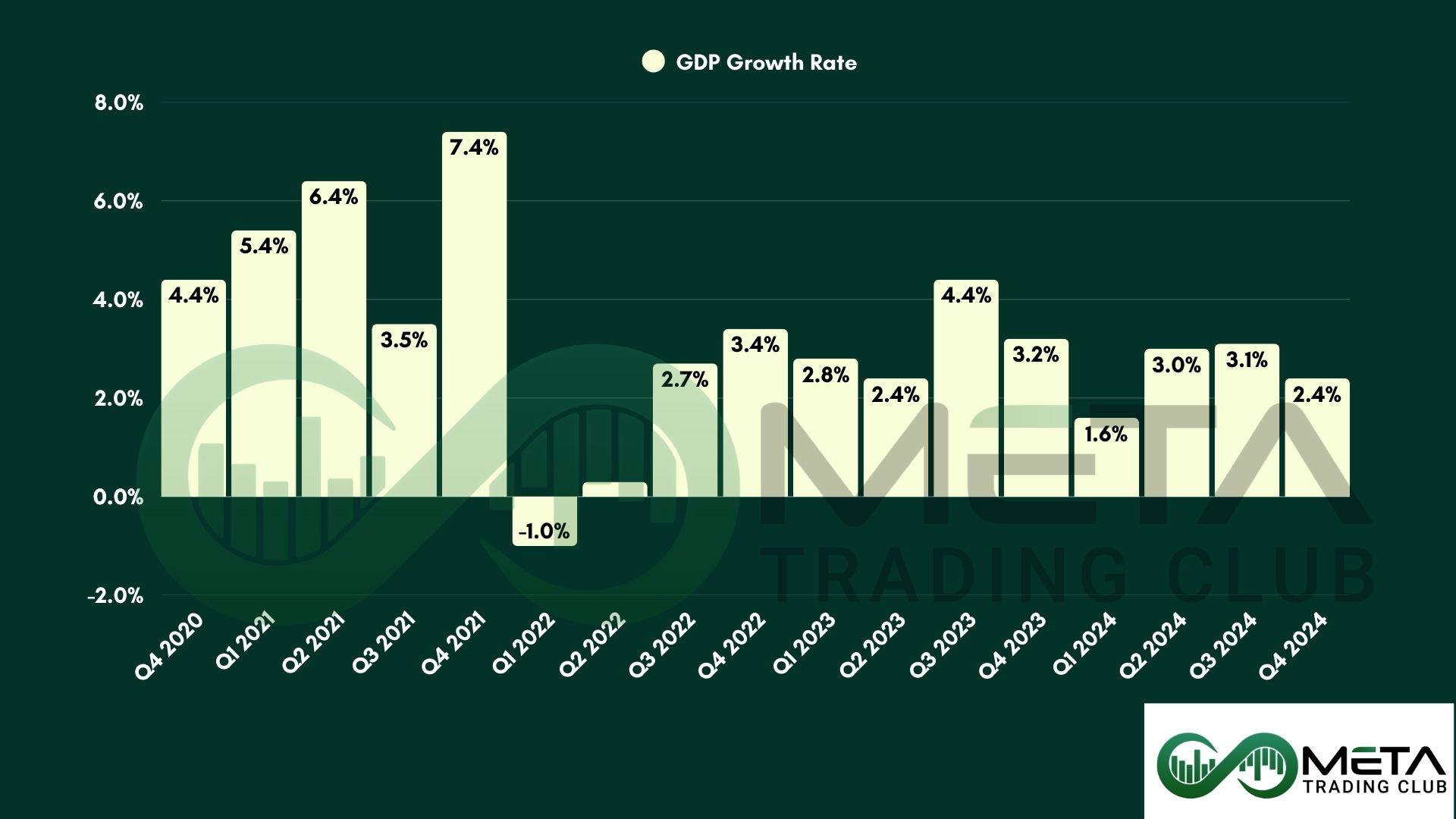In the ever-evolving realm of finance, one strategy that has gained prominence is sector rotation. It’s akin to a well-choreographed dance, where investors skillfully adjust their investment portfolios in response to the nuanced movements of various economic sectors across distinct phases of economic cycles. In this post, we embark on a journey to unravel the intricate layers of sector rotation, from its foundational principles to the tactical intricacies of implementation.

Understanding the Dynamics of Sector Rotation:
Foundations of Sector Rotation:
Sector rotation is a strategic dance between the stock market and the economy. Economic cycles, encompassing stages like accumulation, mark-up, distribution, and mark-down, are mirrored by the stock market’s undulating movements. The intriguing aspect is how the stock market often takes the lead, acting as a harbinger of both economic downturns and subsequent recoveries. A notable example is the 2020 Covid recession, where the stock market exhibited its predictive prowess.
Decoding Sectors in the Financial Symphony:
Imagine the stock market as a vast orchestra, and the 11 sectors as distinct musical instruments. Each sector, represented by industry giants like UBS, Microsoft, and Nestle, plays its unique tune based on economic conditions. This symphony requires investors to grasp the nuances of each sector, as their individual melodies contribute to the overall financial composition.
Sector Categorization Ballet:
Sectors are often grouped into two broad categories: cyclical and defensive. Cyclical sectors, like financials, technology, and consumer discretionary, thrive during economic booms. In contrast, defensive sectors, including consumer staples, healthcare, and utilities, exhibit resilience during economic downturns. Understanding these sector dynamics is akin to discerning the rhythm and tempo of a complex financial ballet.

Executing Sector Rotation Strategies:
Analyzing the Choreography of Sector Rotation:
Investors engage in meticulous analysis using indices such as the SP500 to identify critical points and correlations in the sector rotation dance. Notably, the movements are not uniform, and individual sectors may deviate from broader market trends. The analysis involves comparing sector performance to the SP500, using key dates as reference points to identify outperformance or underperformance.
In-Depth Examination of the Dance Moves:
Cyclical Sectors:
- Financial Flourish: The financial sector experiences vitality before the recession concludes, leveraging lower interest rates.
- Technology Symphony: Post-recession, the technology sector comes to life, driven by confidence and increased spending on research and development.
- Material Crescendo: During a bull market, the material sector prospers, influenced by heightened demand for raw materials.
- Consumer Discretionary Elegance: This sector flourishes in economic prosperity, encompassing non-essential products like cars, luxury goods, and entertainment services.
- Industrial Harmony: Performing well in the middle of a bull market, the industrial sector follows the material sector.
- Real Estate Enigma: Flourishing during economic prosperity, the real estate sector’s cyclical behavior may not always be clear due to its small market weight.
- Energetic Ascent: The energy sector rises when consumer confidence is high, and purchasing power increases.
Defensive Sectors:
- Consumer Staple Resilience: Performing well at the beginning of a downturn, the consumer staple sector offers essential products that maintain demand.
- Communication Service Dynamics: Exhibiting characteristics of both defensive and cyclical sectors, communication services see consumer expense cuts during challenging times.
- Healthcare Stability: Remaining robust during economic downturns, the healthcare sector benefits from consistent demand irrespective of economic conditions.
Utility Reliability: Performing well as the economy slows, the utility sector provides essential services like electricity and water.

Conclusion:
In conclusion, sector rotation emerges as a dynamic and strategic approach, guiding investors through the complexities of economic cycles. The amalgamation of content from both blog posts underscores the significance of comprehending economic and market cycles, analyzing sector performances, and adapting portfolios to evolving conditions. While sector rotation presents opportunities for enhanced returns, it necessitates a nuanced approach, considering the intricacies of individual sectors and the broader economic landscape. The future of sector rotation, influenced by technological advancements and global economic dynamics, continues to shape the investment landscape, providing investors with a sophisticated tool for optimized portfolio management.













